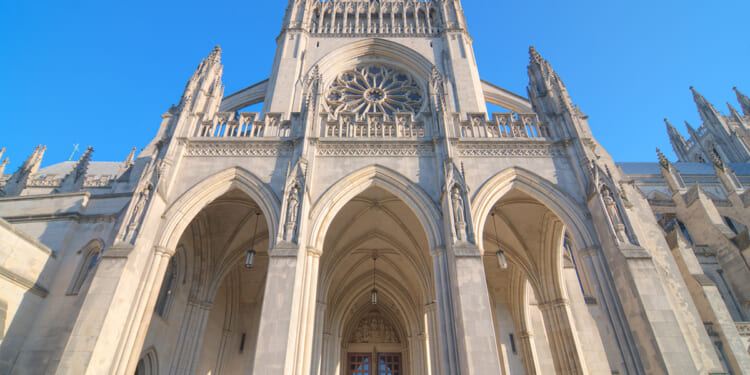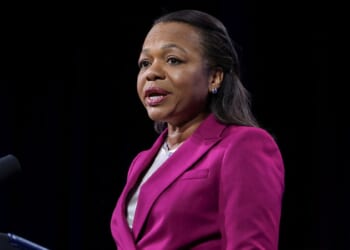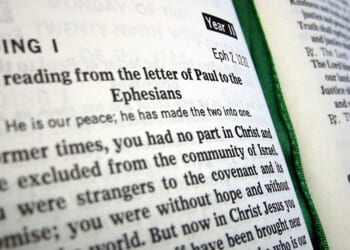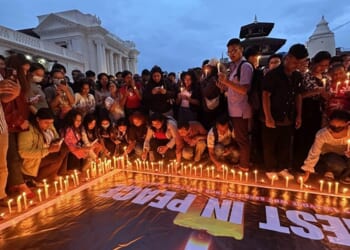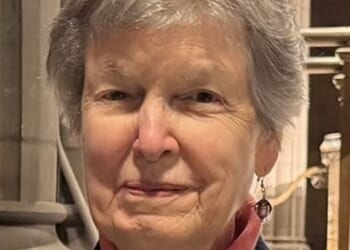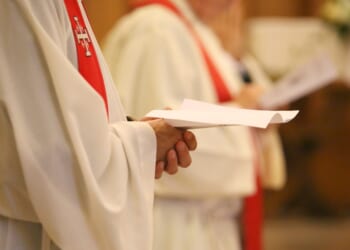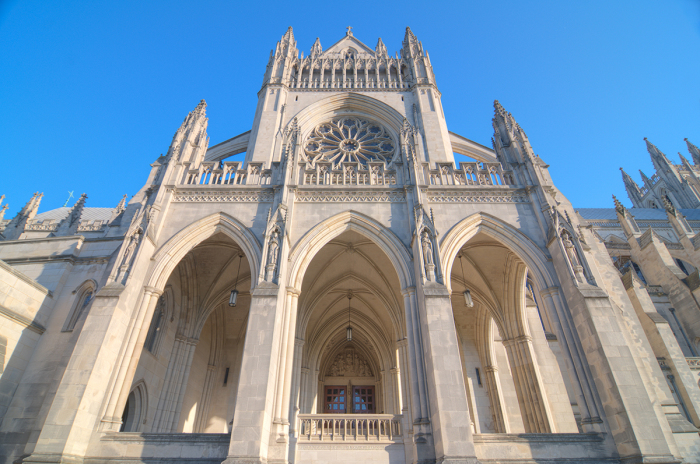
The Episcopal Church continued to see declines in baptisms and the number of parishes in 2024, but did not release an overall membership tally when unveiling its annual figures this month.
The Episcopal Church released its 2024 Parochial Report last week, its annual and most continuous gathering of data, of which more than 94% of congregations submitted information.
In contrast to past years, the 2024 report did not include a total count of overall membership, which in 2023 was approximately 1.547 million and around 1.96 million in 2010.
According to a statement from The Episcopal Church Office of Public Affairs, this year’s report reflected “responses to new and revised questions that were compiled by former members of the House of Deputies Committee on the State of the Church and approved by the Executive Council in October 2023 and January 2024.”
“The committee experimented with new ways to ask about and count total churchwide membership, and the data collected revealed confusion in how churches understood and reported this topline number,” explained the Public Affairs Office. “The presiding officers are collaborating to devise a process that provides clearer data on total membership in future years.”
The report stated that there were 19,624 baptisms of children and adults in 2024, a considerable decline from 2014, when the denomination reported over 28,000 total baptisms. Meanwhile, the 6,707 parishes and missions in 2024 were a slight decline from the parochial report last year, which reported 6,754 parishes and missions in 2023.
A slight increase in worship attendance was reported, with over 413,000 attending services in 2024, compared to under 411,000 in 2023 and around 373,000 in 2022. The 2024 data collection “allowed for first-time consistent reporting of online worship engagement and weekday attendance,” according to the Office of Public Affairs statement.
Nevertheless, the 413,000 statistic is far below the approximately 600,000 reported a decade ago, which in turn was a drop from the approximately 623,000 reported for 2013.
According to the report, the median age for a member of the denomination is 60, with around 95% of Episcopal Church members being white.
As with most religious groups in the United States, the Episcopal Church has experienced a considerable decline in membership over the past several decades.
In 2010, the denomination reported that the number of active baptized members had dropped below 2 million.
In its most recent report, the denomination stated that “for the first time in the last decade,” its total expenses in 2024 exceeded its total income.
While multiple factors have been at work in this general decline, the denomination’s progressive theological direction has alienated some members.
For example, in 2003, when the Episcopal Church consecrated the Rev. Gene Robinson as its first openly gay bishop, scores of congregations voted to leave in protest.
In 2020, Kristine Stache, then interim president of the Evangelical Lutheran Church in America-affiliated Wartburg Theological Seminary, gave a presentation before the denomination’s Executive Council in which she concluded that, at the current rate of decline, according to Stache, the denomination will have no Sunday attendance in 30 years and no baptized members in 47 years.
“It depicts a church that appears to be dying,” said Stache, as quoted by Episcopal News Service, with the seminary official labeling the statistics “very sobering.”
Last November, the Rev. Sean Rowe was installed as the new presiding bishop of The Episcopal Church, succeeding the Rev. Michael Curry, who became the first black leader of the denomination in 2015.
During the installation service, Rowe preached that Episcopal dioceses and congregations cannot “go it alone,” but instead “must acknowledge our mutual interdependence, our need to do ministry together, to share what we have and to sustain one another.”
“In this badly hurting world, we need to become one church,” Rowe said. “We’re not a collection of dioceses and institutions, a collection of the ways of doing things. We are one church, one church in Jesus Christ.”

